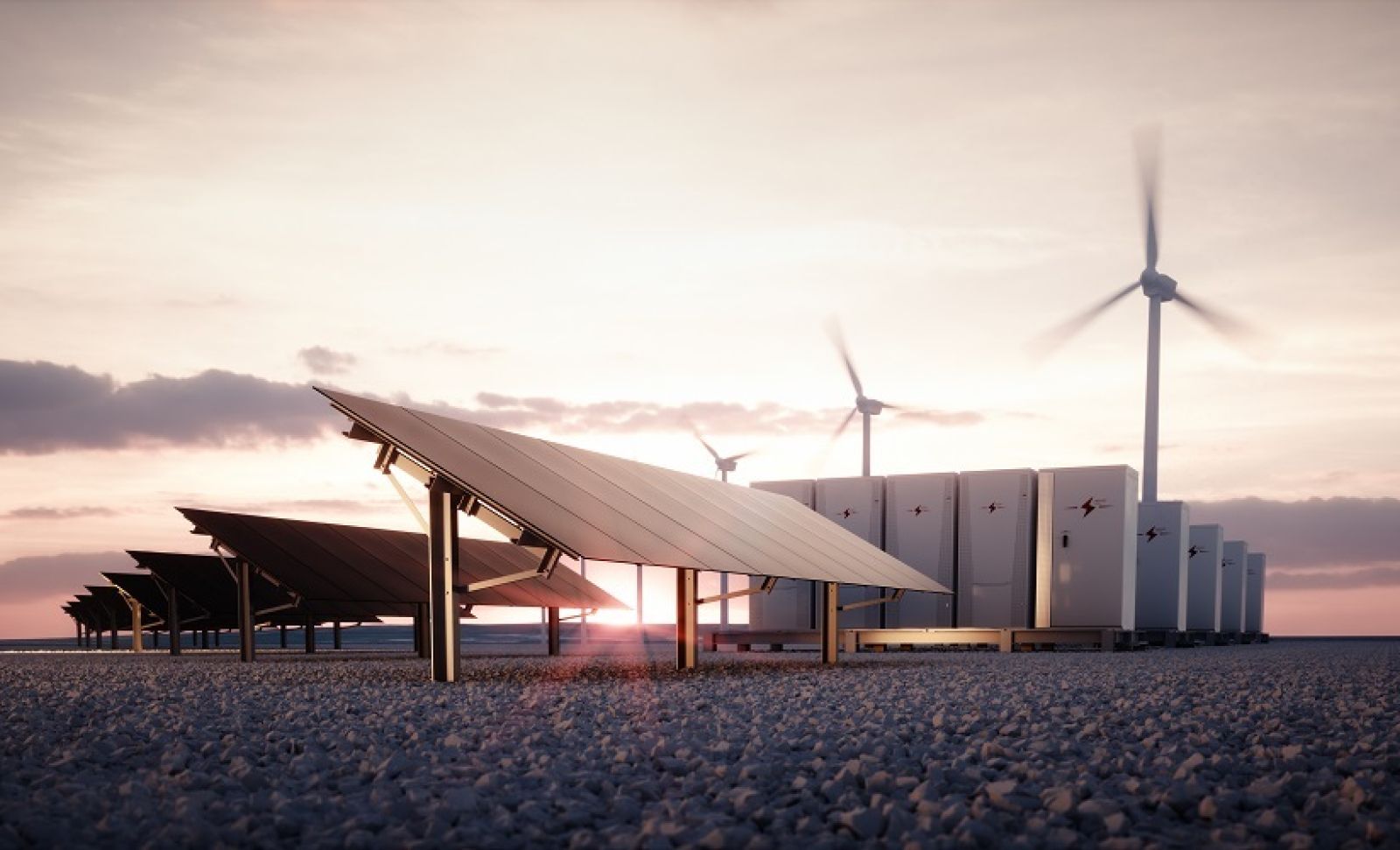
Case Study - PostNord
PostNord offers communications and logistics solutions to, from and within the Nordic region. It also delivers mail to private individuals and business in Sweden and Denmark. Søren Boas, PostNord’s Senior Sustainability and Environment Advisor, tells us about their science-based targets.
PostNord AB was established in 2009 through the merger of Post Danmark A/S and Posten AB. The parent company, PostNord AB, is a Swedish public limited company with headquarters in Solna, Sweden. PostNord is owned 40% by the Danish State and 60% by the Swedish State. PostNord operates in all the Nordic countries and Germany, and via its subsidiary Direct Link it also runs international operations in the form of distribution solutions for lightweight goods and it is part of the DPD network for global logistics solutions. It has over 35,000 employees, and 6000 distribution points in the Nordic region. In 2015, PostNord delivered 5.2 billion letters and shipments, and 130 million parcels to the Nordic region’s 25 million residents and two million businesses. We spoke to PostNord’s Senior Sustainability and Environment Advisor, Søren Boas about their science-based target.
Why did you set a science-based target?
We wanted an ambitious target that reflected our DNA. Sustainability is one of our core values as a company and the Board is clear that they want the company to show leadership. We already had a target but we wanted to know whether it was ambitious enough.
Globalization means more trade, and more transport. This is good for our business, but it also makes it even more important that we are sustainable, and that we manage our emissions and our environmental impact responsibly.
When we heard from WWF about the Science-Based Target initiative we asked them to assess our target. It turned out it exceeded the eligibility criteria. The initiative provides a way of benchmarking efforts, and of knowing that targets are in line with the Paris Agreement’s aim to keep global warming below 2 degrees centigrade, or ideally 1.5 degrees.
What was the process like internally? How did you get buy in?
With over 35,000 employees in many different countries we needed to have a good internal communications plan. We used the internal communications channels and e-learning, and all of our leaders had a structured dialogue with the employees about our core values, which include environmental sustainability, and the target.
It’s an ongoing process: now we have the target, we include concrete examples of new projects or achievements related to it in many of our communication channels. And we regularly call on employees to come up with new ideas. Plus the target and our progress towards it are part of our quarterly reporting – along with our finances.
What are your strategies for implementing and meeting the target?
We have six clear areas in which we know we need to act. This is the way in which we are making the commitment concrete. They are: better utilizing vehicle capacity; increasing fuel efficiency; investing in electric vehicles (one third of our fleet is now electric); using more biofuels; use of trains and reducing air freight; and making our buildings more energy efficient.
Going from words to concrete action requires investment, and so we have a dedicated Environmental Fund, which employees can access to fund projects that will cut emissions. It is very important for us that employees are involved and empowered to drive us towards the target.
Half of our CO2 emissions are from subcontractors (i.e. scope 3) so we also have to work with them to ensure they can deliver their share of the reductions.
What benefits do you envisage from having a science-based target?
Our customers want us to show environmental responsibility and have an ambitious target. It is also essential for our continued license to operate, not least because we are a state-owned company and it is something our owners call attention to. It has changed the nature of the dialogue we have with government and regulators – we’re now collaborating on solutions, for example improving infrastructure.
In addition, we expect significant efficiency gains as a result of the initiatives we put in place to meet the target: essentially we will be doing more for less.
What are the anticipated or actual costs of the target so far?
It is interesting to note that we set up the Environmental Fund to cover expected costs associated with a science-based target. And we said that for money taken from this fund we would allow a longer time to see a return on investment. But in fact, the one hundred plus projects that have been implemented so far have actually seen a better and quicker return on investment than average for our company.
Has the target driven innovation?
Absolutely. Most of the one hundred plus projects paid for by the Environmental Fund would not have happened without this target. By involving employees and leveraging their knowledge and ideas we have seen lots of new improvements, lots of innovation. Of course, we should have done it before, but now we have the target to motivate us. It’s a very good story!
Did you encounter any challenges?
Sometimes I hear people asking ‘can we really afford to be this ambitious?’; ‘won’t the costs be too high of such a bold target?’ and I feel sad when I hear this because to me the business case is clear. And so I say: ‘Can we not afford it? We are aiming for a 25% increase in energy efficiency – which will lead to a reduction in our annual energy bill of $2bn. How can that not be a good thing?’ Or I say: ‘We are answering customer’s demands for lower impact, lower carbon deliveries. How is that not a business benefit?’
Ultimately I know I just need to keep making the case to these few people who doubt the wisdom of what we’re doing. The Board, the management and most of the leaders are on board. You will always have a few people who want to argue. So I just need to keep on explaining, and demonstrating what we can gain.
What happens next?
We have in Sweden and Denmark a long-term vision of the society being fossil fuel free. We want to meet society’s expectations and our interim strategies and targets move us towards that. Sustainability is a core part of our overall business strategy – not a sideshow, but centrally integrated into the detailed organizational plan.
Our current company strategy goes to 2020, so our greenhouse gas emissions reduction target also goes to that date. In the coming year we will set a new target for the future. We will do this by working in dialogue with key stakeholders, including the government, our customers and our employees, and will use the tools that the Science Based Targets initiative can provide.
Join the companies taking action
Latest News
View News


